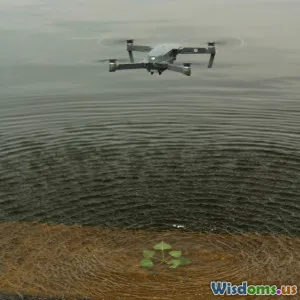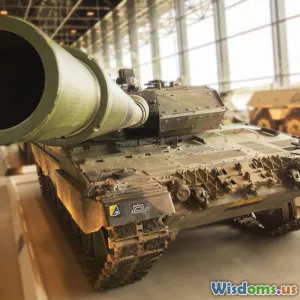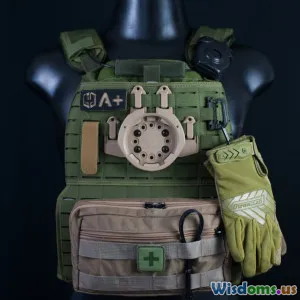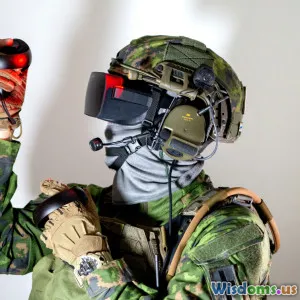
What the US Army’s IVAS Delays Mean for Future Combat
14 min read Explore the implications of IVAS delays for the US Army’s preparedness and the evolution of military technology on future combat scenarios. (0 Reviews)
What the US Army’s IVAS Delays Mean for Future Combat
The battleground is evolving, and so are the technologies soldiers carry into the fray. Among the most ambitious of these is the U.S. Army’s Integrated Visual Augmentation System (IVAS)—a heads-up display modeled after Microsoft HoloLens, promising to transform infantry effectiveness. Yet, despite tremendous investment and high expectations, IVAS has encountered developmental turbulence, resulting in repeated delays. These setbacks ripple well beyond Army procurement calendars; they illuminate inherent challenges in militarizing commercial tech and may reshape how future wars are fought.
The IVAS Vision: Blending Reality and Combat Data

At its most ambitious, the Integrated Visual Augmentation System sought to deploy an augmented reality (AR) headset capable of integrating multiple sensors, digital maps, night vision, and even body health metrics—all in one device. Soldiers could theoretically see through walls, share what they see with colleagues in real-time, and overlay navigation cues on their surroundings, not unlike the heads-up displays in video games or fighter jets.
This technology was expected to streamline communication, enhance situational awareness, and drastically improve decision-making on the battlefield. IVAS would fuse thermal imagery with live drone feeds and digital terrain overlays, theoretically giving U.S. infantry an unassailable edge, not only in urban combat but also in asymmetric warfare, where clarity of information is vital.
From HoloLens to Helmet: Complexities Enter the Field

Microsoft’s HoloLens provided the initial civilian foundation for IVAS, but adapting commercial AR to the battlefield proved daunting. Military tech faces stressors unlike any office or medical device—think dust, mud, shockwaves, and unpredictable wireless conditions.
Early IVAS prototypes revealed key concerns:
- Field of View Limitations: Soldiers reported a narrower viewing arc than what’s experienced in real life, which could hinder peripheral vision—a critical issue in combat.
- Weight & Comfort: Long missions demand gear be wearable for hours, but heavier, bulkier headsets caused fatigue and distraction.
- Durability: Civilian-grade electronics struggled in extreme temperatures and physical impacts found in live exercises.
The Army’s Project Manager, Soldier Warrior, summarized this succinctly: “Making something durable and effective enough for combat is its own engineering battle.”
Stakeholder Feedback: The Value—and Cost—of Soldier Input

No one knows battlefield realities better than the combat soldiers themselves. By involving infantry in field trials, the Army hoped to catch design flaws early. Over 1,000 troops tested IVAS in combat scenarios, urban environments, and even helicopter operations.
Their candid responses forced developmental pivots:
- “The screen blinding at night could give away our positions.”
- “Wearing the headset for more than an hour creates more fatigue than existing NVGs [night vision goggles].”
Rather than push units to accept a faulty product, program leaders wisely implemented stop-gaps—delaying full fielding in favor of integrating soldier feedback. This iterative, user-centric approach ultimately increases the system’s effectiveness and acceptance, even if deadlines slip.
The Cost of Delay: Budget and Strategic Repercussions
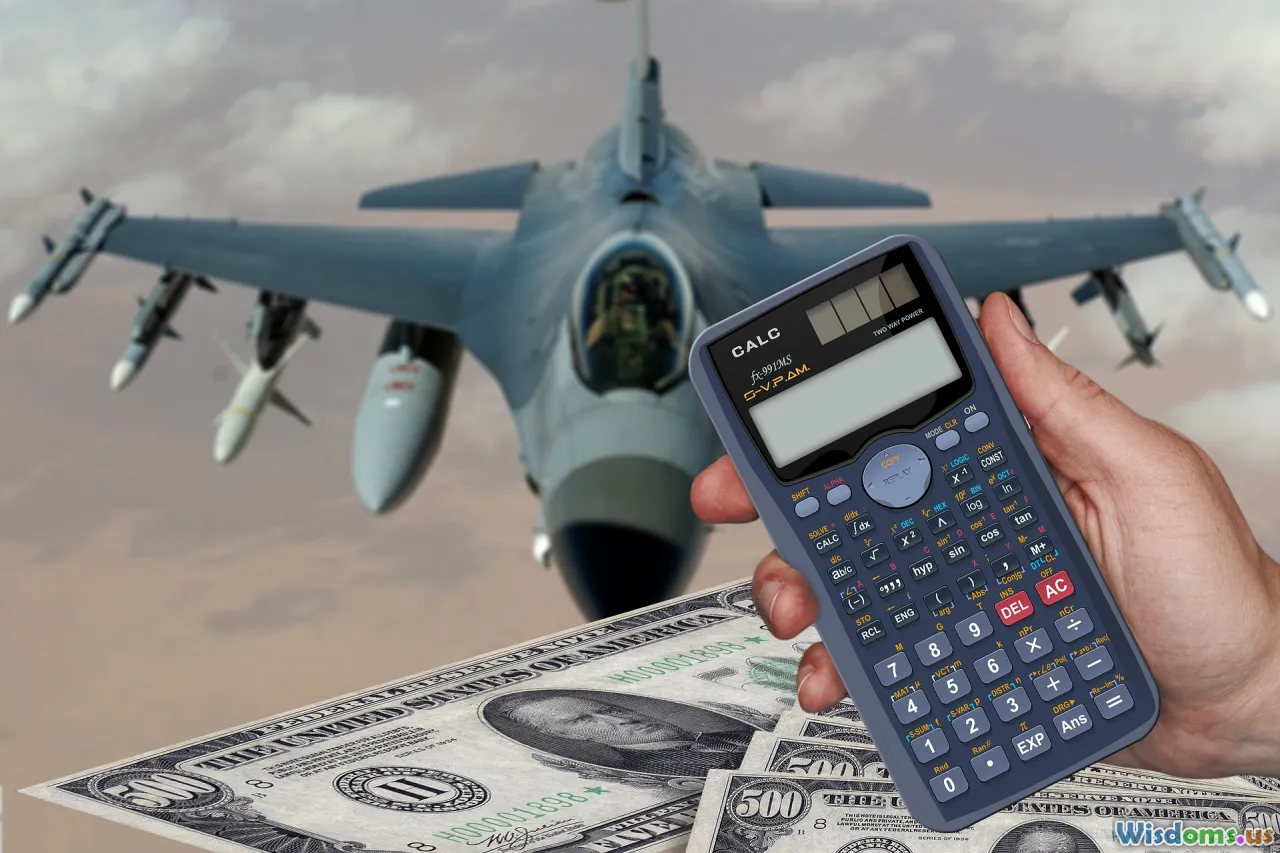
Originally, the Army awarded Microsoft a contract valued up to $21.9 billion for IVAS systems and support over ten years. With shifting delivery dates, budgets have been strained:Tens of millions have already been invested in prototypes and soldier trials.
Every year of delay represents not only sunk costs but also missed windows to capitalize on technological superiority—an acute concern, as near-peer competitors like China and Russia pursue their own AR initiatives. The Pentagon faces a strategic gamble: rush IVAS and risk fielding a subpar product, or foster thorough testing at the risk of adversaries catching up.
For instance, Congressional review in 2023 temporarily halted funding increases for IVAS until Microsoft and the Army could demonstrate key milestones. The risk, they cited, was spending billions on gear that units refuse to use or that actively endangers troops.
Technology Isn’t the Only Hurdle: Ethics and Overreliance

IVAS delays invite reflection on the limits of technological solutions. Warfighting is not, after all, just an arms race in electronics; human judgment, teamwork, and resilience matter just as much.
Key concerns raised by ethicists and military theorists include:
- Information Overload: There is a fine line between situational awareness and cognitive overload. Screens brimming with data may distract or confuse under stress. In simulated tests, some users fixated on map overlays and event markers while missing real-world threats.
- Digital Blindness: A reliance on AR risks diminishing traditional skills such as navigation, silent communication, or intuitive threat assessment.
- Cybersecurity: What happens if such a critical system is hacked or jammed on the battlefield? Enemies targeting the system could render entire squads "blind."
These questions echo past technology rollouts; network-centric warfare models in Iraq and Afghanistan occasionally left soldiers more burdened by new tools than aided by them.
Comparisons: How Are Other Militaries Approaching AR?

The U.S. Army is not alone in the pursuit of augmented reality for soldiers. Its allies and potential adversaries alike are experimenting with battlefield AR systems tailored to their doctrines and highly publicized lessons from U.S. efforts.
NATO Allies
Systems similar to IVAS are in development in the U.K., France, and Germany, such as Thales’s “Scorpion” program. These initiatives tend to emphasize ruggedness and reliable basic information—waypoints, target marking—over wide-ranging sensor fusion. Recent British Army tests favored lighter goggles with limited overlays, balancing innovation with familiarity.
Russia and China
Open sources suggest China is actively trialing exoskeletons and AR helmets, initially targeting engineering, logistics, and urban operations. Russian firms announced experimental visors for spotting sniper glints, though few have reached standard units. Both countries observe U.S. struggles and appear to prioritize modular, simpler elements over the integrated "mission computer" approach promoted by IVAS.
Key Takeaway
Competitive military AR is here to stay, but iterative development—listening to soldier needs, as the U.S. has done—may outpace flashy "all-in-one" bets.
The Path Forward: Incremental Innovation, Not Instant Revolution
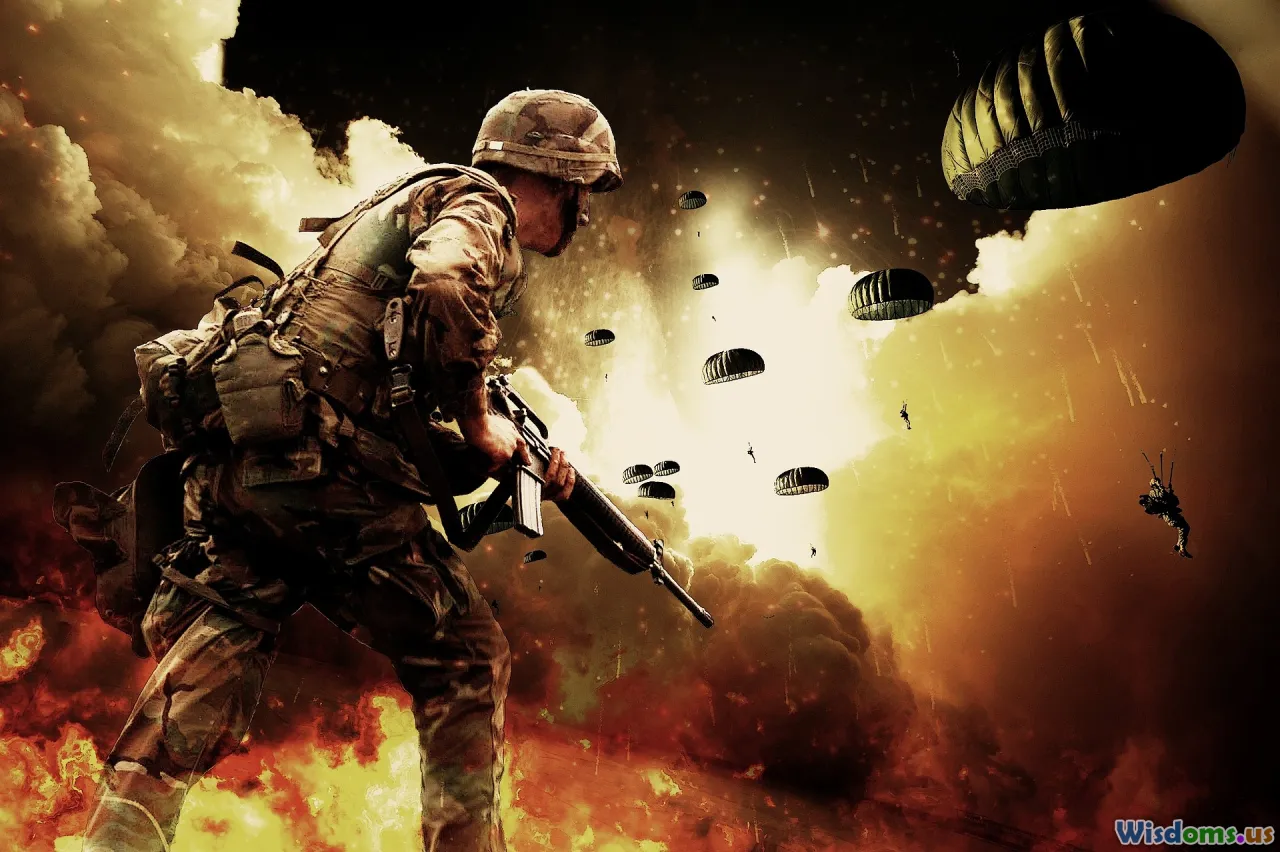
The Army’s 2023 decision to pursue “Capability Set 1.2” for IVAS, after earlier delays, reflects a new philosophy: employing a crawl-walk-run strategy instead of deploying everything at once. By solving core problems—weight, battery life, interface lag—before adding additional wireless or sensor features, future rollouts can happen in manageable increments.
This method echoes broader trends in military technology procurement:
- Rapid Prototyping & Field Feedback: Expect regular soldier engagement, rapid iteration, and competition between vendors.
- Open Systems Architecture: IVAS 1.2 plans include plug-and-play frameworks so new sensors or algorithms can be integrated without redesign.
- Hybridization: Fielding lighter, single-purpose goggles alongside advanced prototypes will allow squads to match mission-specific needs more flexibly.
An immediate lesson emerges: If war remains unpredictable, so must our adoption of technology. The messy journey to IVAS installation might itself prove a strategic strength, ensuring U.S. infantry stay adaptive—and equipped for more than just wired victories.
Lessons for Military Tech of Tomorrow
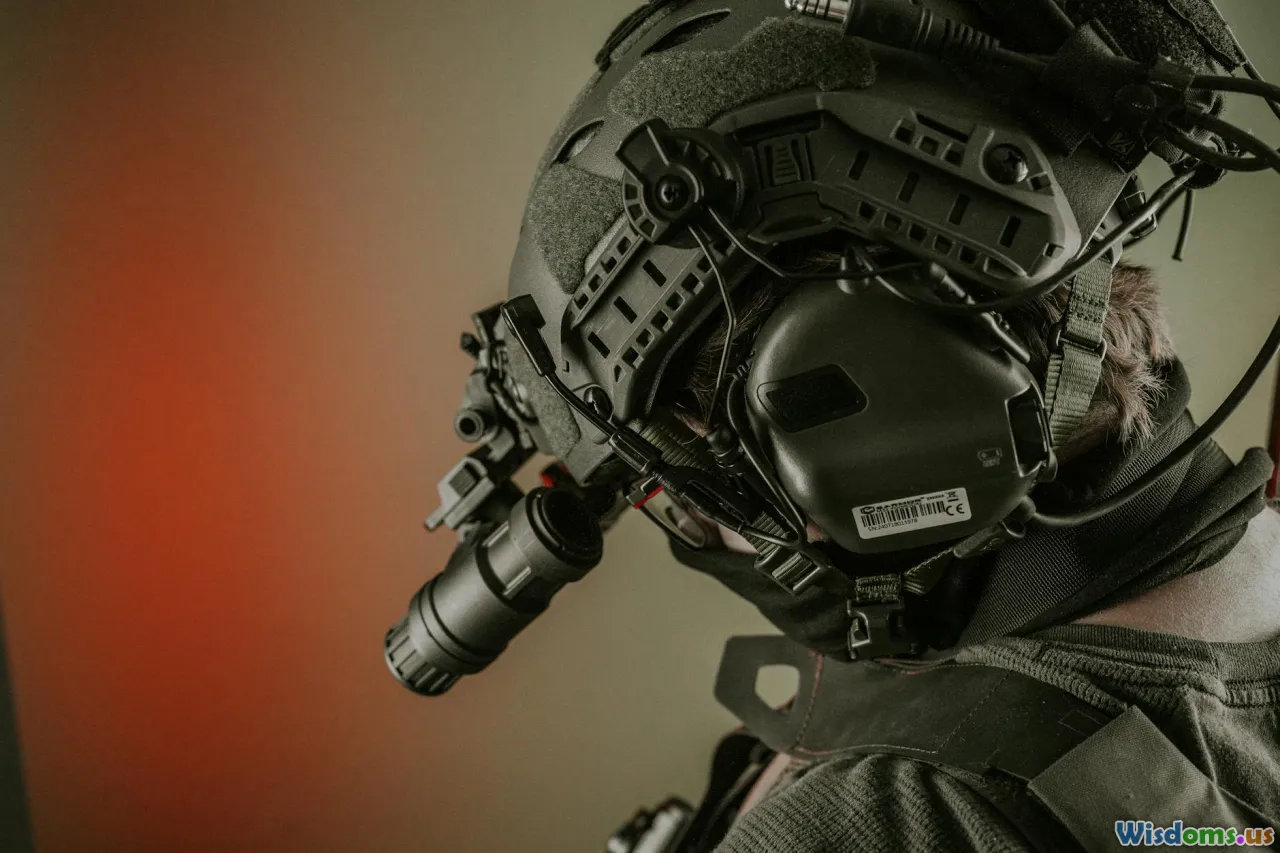
The IVAS delays highlight something crucial for any military force looking to maintain a technological edge. Instead of seeing delay as failure, it can herald smarter development if adversaries are evolving, and if the tool ultimately empowers rather than burdens field operators.
Key insights for future programs:
- Human-Machine Teaming: The goal isn’t to digitize war away from the human, but to use information to deepen trust and coordination between humans on the ground and their support systems.
- Layered Capability Adoption: Field partial solutions that work, closely track outcomes, and avoid giant untested leaps.
- Flexible Procurement: Balance big, multi-year contracts against the need for agile changes.
- Continuity in Training: Build in routines for soldiers to train without AR gear, retaining old skills even as new ones are layered on.
To secure tomorrow’s battlefield, commanders and designers must remain humble before the realities of war and skeptical of any promise of "revolution at the flip of a switch."
Looking Beyond the Horizon

The delays in delivering IVAS to front-line units have given the U.S. Army an unexpected gift: time to reflect on how, why, and at what pace innovative military technology truly makes a difference. By learning from both their own trials and those of other nations, military planners can continue to develop tools that empower—not encumber—the cream of their fighting force.
As AR, AI, and other digital overlays creep closer to the heart of combat, the lesson is clear: Soldier feedback and iterative, adaptable development may not deliver overnight transformation, but they do offer the surest route to lasting battlefield supremacy. The fog of war may never dissipate entirely, but with careful, human-centered tech adoption, it can become just a little less opaque.
Rate the Post
User Reviews
Popular Posts













